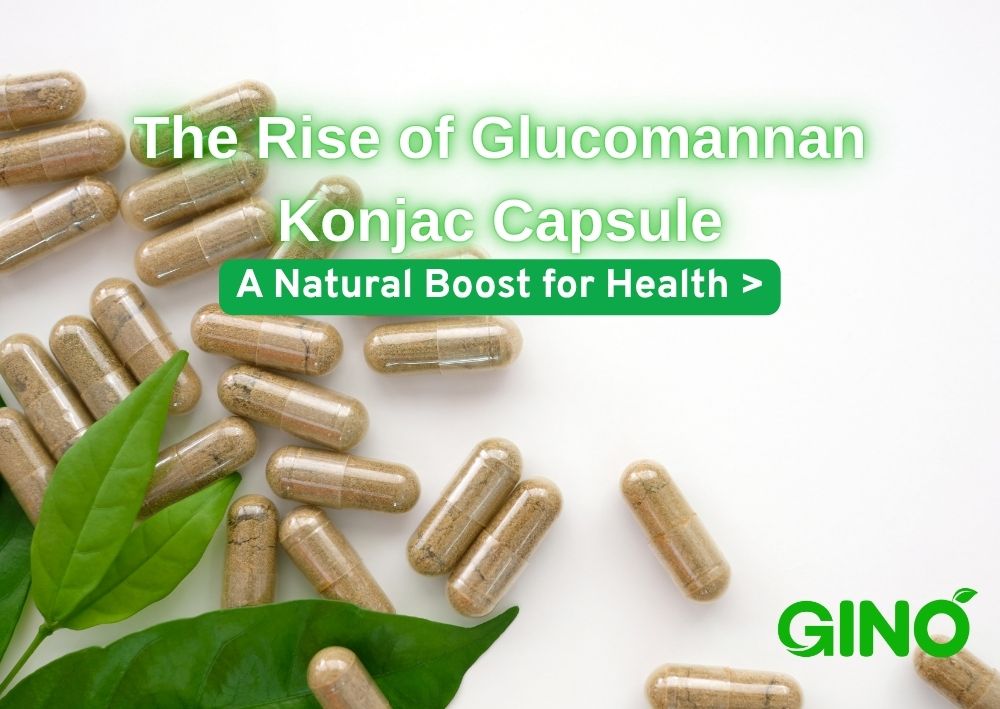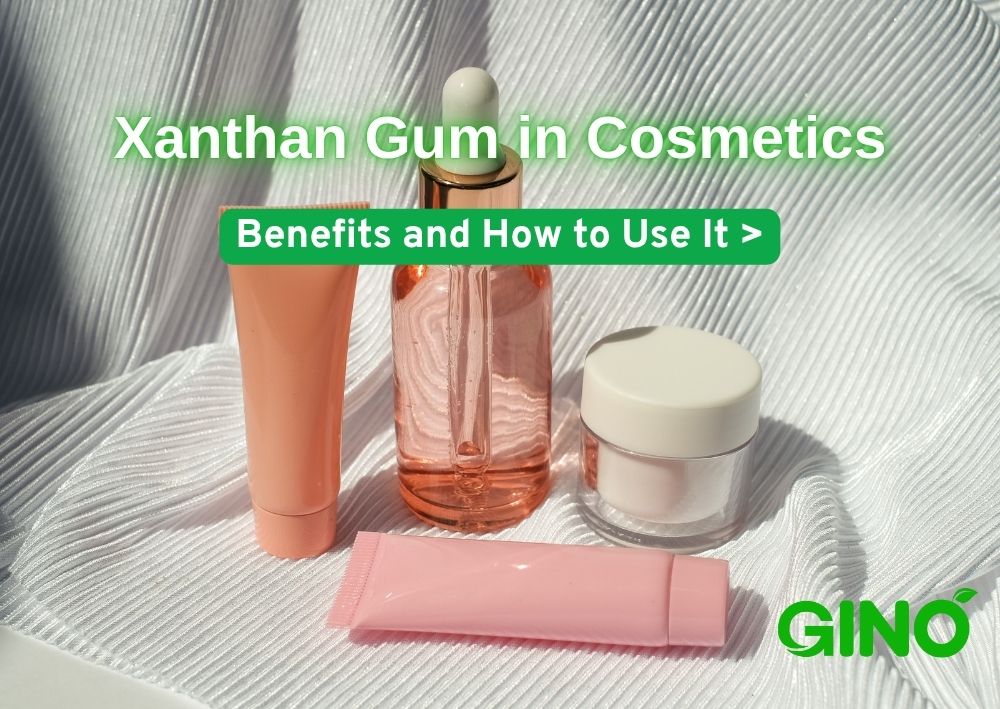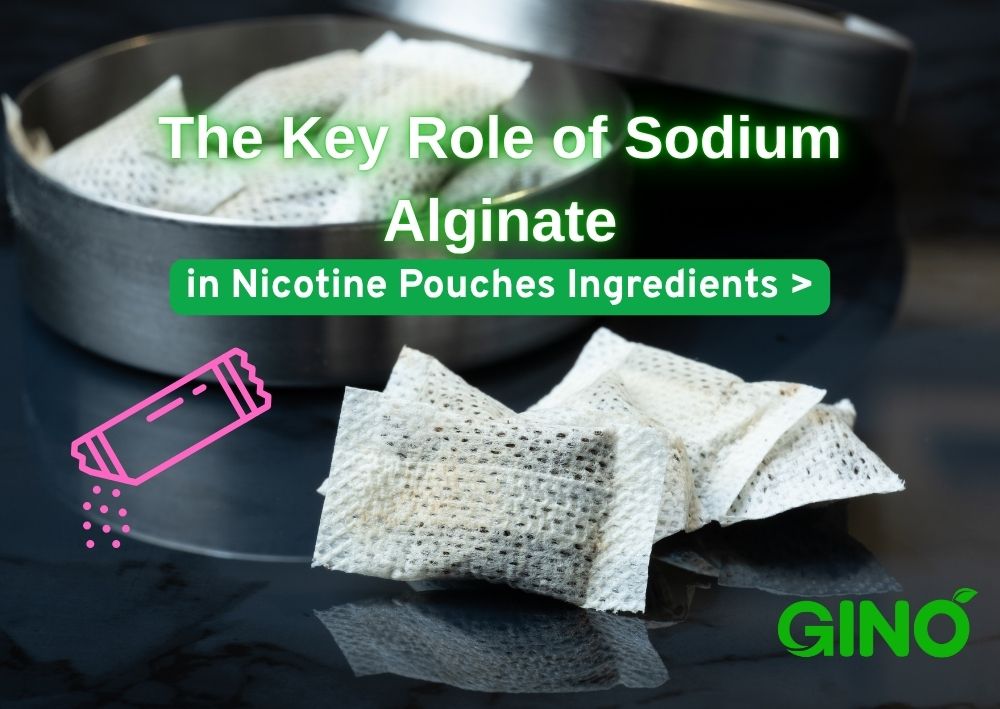
Konjac Gum vs Xanthan Gum: A Comprehensive Comparison
Konjac Gum vs Xanthan Gum: A Comprehensive Comparison
Introduction
When it comes to food thickeners and stabilizers, konjac gum vs xanthan gum is a common debate among food manufacturers and culinary professionals. Both are popular hydrocolloids used to enhance texture, stability, and consistency in various food products. However, their origins, properties, and applications differ significantly. This article will delve into these differences, helping you determine which gum is best suited for your specific needs.

1. What is Konjac Gum?
Konjac gum is derived from the root of the konjac plant (Amorphophallus konjac), native to Asia.
It is primarily composed of glucomannan, a soluble dietary fiber known for its exceptional water-binding properties.
Konjac gum is widely used in the food industry as a thickener, gelling agent, and emulsifier. It is particularly valued for its ability to form strong, elastic gels and its low-calorie, high-fiber content, making it a popular choice in weight management products.
2. What is Xanthan Gum?
Xanthan gum, on the other hand, is a polysaccharide produced through the fermentation of sugars by the bacterium Xanthomonas campestris.
It is well-known for its thickening and stabilizing properties and is commonly used in a wide range of food products, from salad dressings and sauces to gluten-free baked goods.
Xanthan gum is prized for its ability to maintain viscosity across a wide range of temperatures and pH levels, making it an incredibly versatile ingredient.
3. Konjac Gum vs Xanthan Gum: Key Differences
3.1 Origin and Composition:
- Konjac Gum: Derived from the konjac plant and primarily composed of glucomannan.
- Xanthan Gum: Produced via bacterial fermentation of sugars and consists of a complex polysaccharide structure.
3.2 Gelling and Thickening Properties:
- Konjac Gum: Known for forming strong, elastic gels, especially when combined with other gelling agents like carrageenan. It creates firm, smooth textures in foods.
- Xanthan Gum: Offers excellent thickening and stabilizing properties without forming a gel. It provides a consistent texture across various conditions, including freezing and thawing.
3.3 Applications:
- Konjac Gum: Commonly used in plant-based foods, low-calorie products, and meat substitutes. It’s also popular in Asian cuisine, particularly in products like shirataki noodles and konjac-based jelly snacks.
- Xanthan Gum: Widely used in gluten-free baking, dressings, sauces, and beverages for its ability to stabilize and thicken without altering flavor or appearance.
3.4 Health Benefits:
- Konjac Gum: Rich in dietary fiber, konjac gum is known for promoting digestive health, aiding in weight management, and supporting heart health by lowering cholesterol levels.
- Xanthan Gum: Though less fiber-rich, xanthan gum has been shown to help stabilize blood sugar levels and improve digestive function in certain populations.
3.5 Compatibility with Other Ingredients:
- Konjac Gum: Works synergistically with other hydrocolloids, especially carrageenan, to enhance gel strength and stability.
- Xanthan Gum: Compatible with a wide range of ingredients, maintaining its thickening and stabilizing properties even in complex formulations.
4. Which Gum is Right for You?
The choice between konjac gum and xanthan gum largely depends on your specific application.
If you need a strong gelling agent with high fiber content, konjac gum may be your best option.
Conversely, if you require a versatile thickener that works well across different conditions and formulations, xanthan gum could be the better choice.
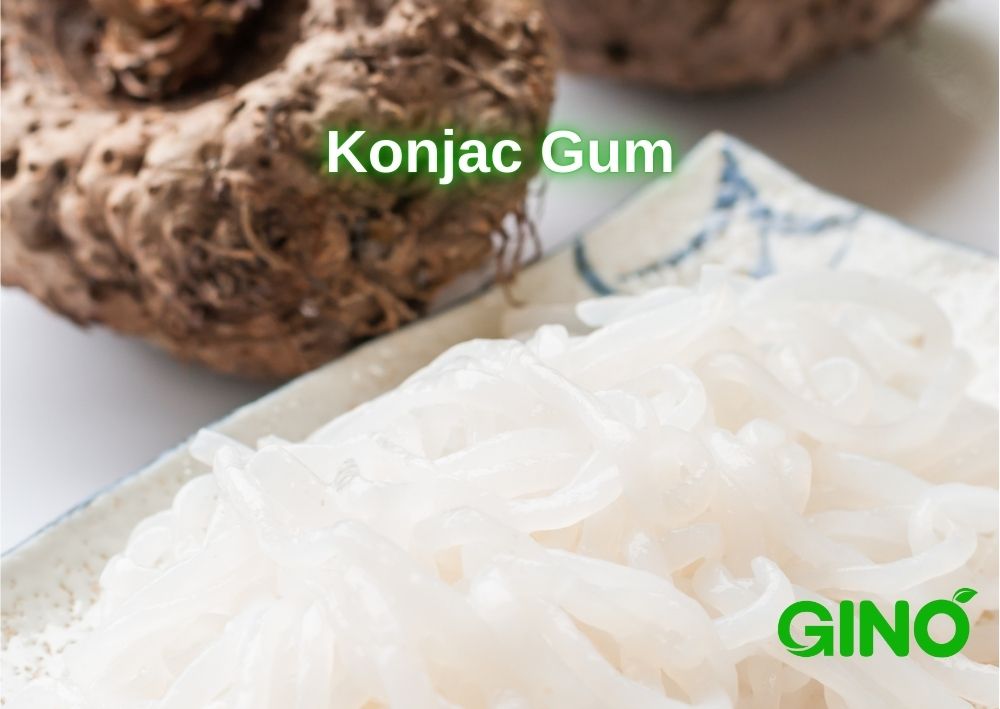
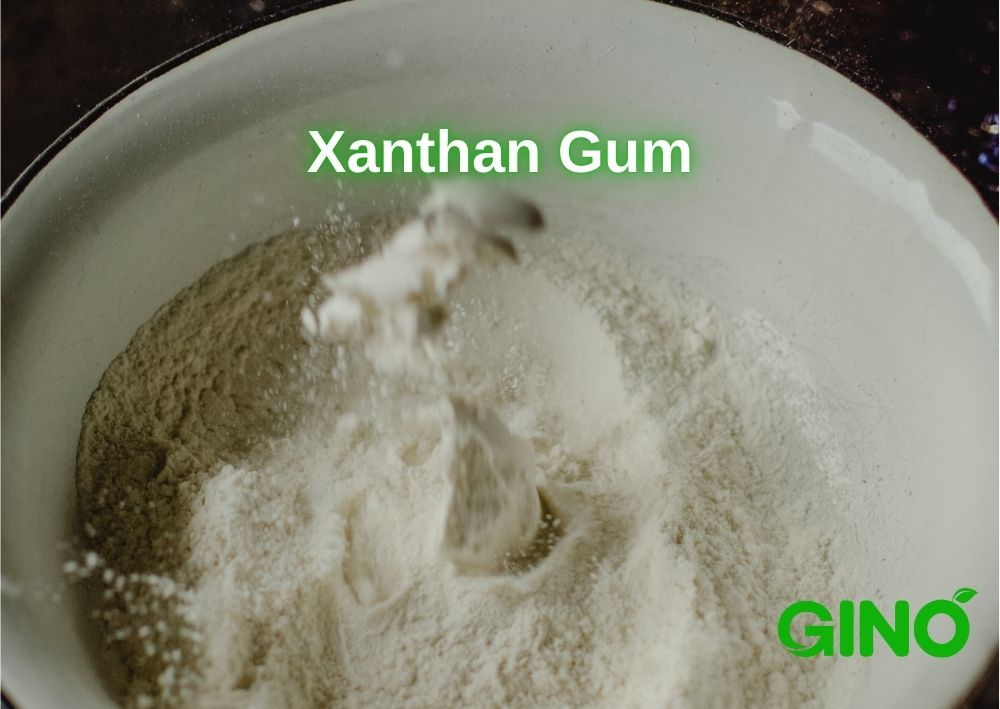
Conclusion
In the konjac gum vs xanthan gum debate, both ingredients offer unique benefits and applications.
Understanding their differences can help you make an informed decision based on your specific needs.
Whether you’re developing gluten-free baked goods, low-calorie foods, or plant-based alternatives, choosing the right hydrocolloid is key to achieving the desired texture and stability in your products.
As a professional supplier of 100% plant-based hydrocolloids, we offer a variety of options, including high-quality carrageenan to complement your formulations. Contact us today to learn more about how our products can enhance your food creations.
Contact us
